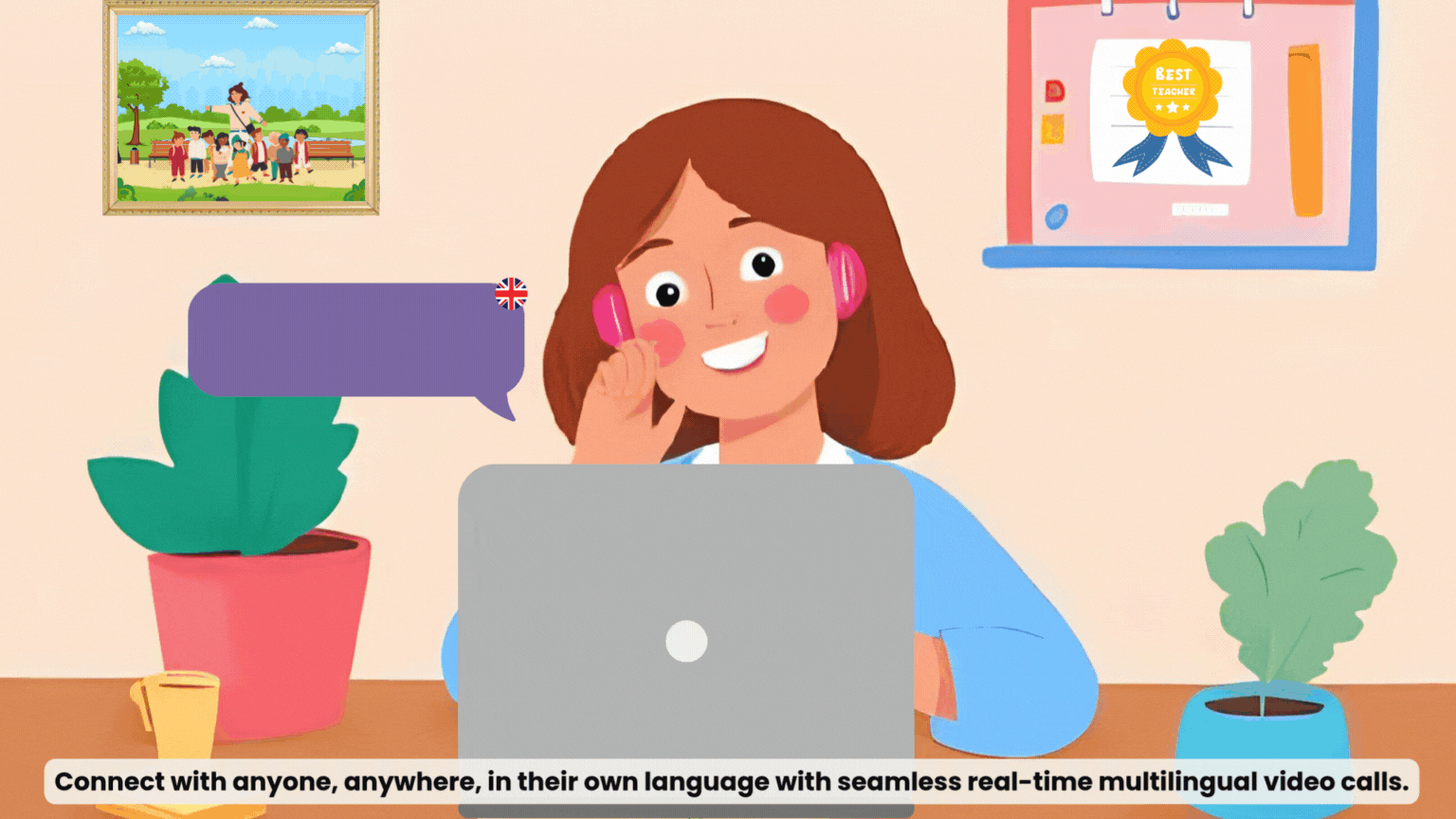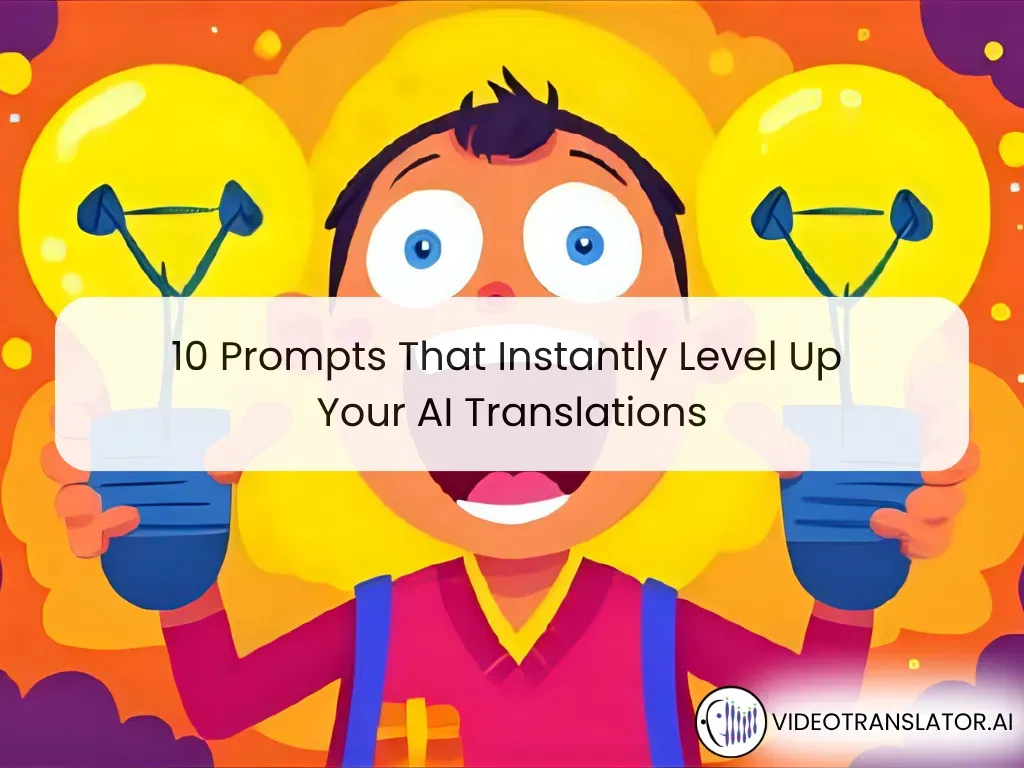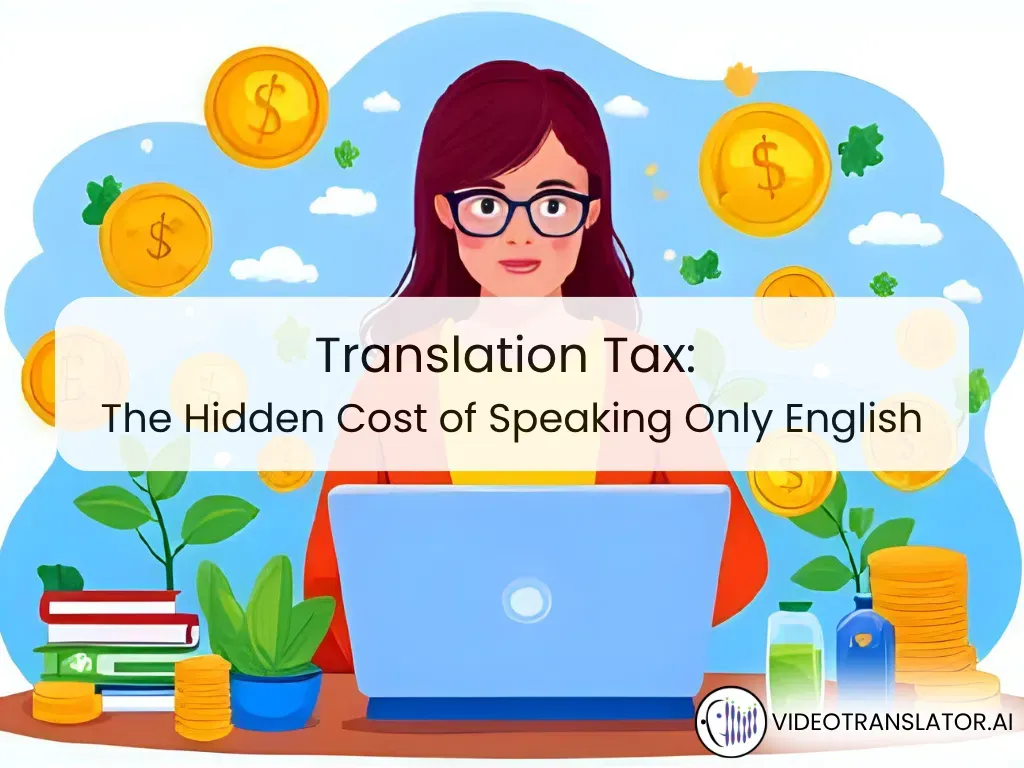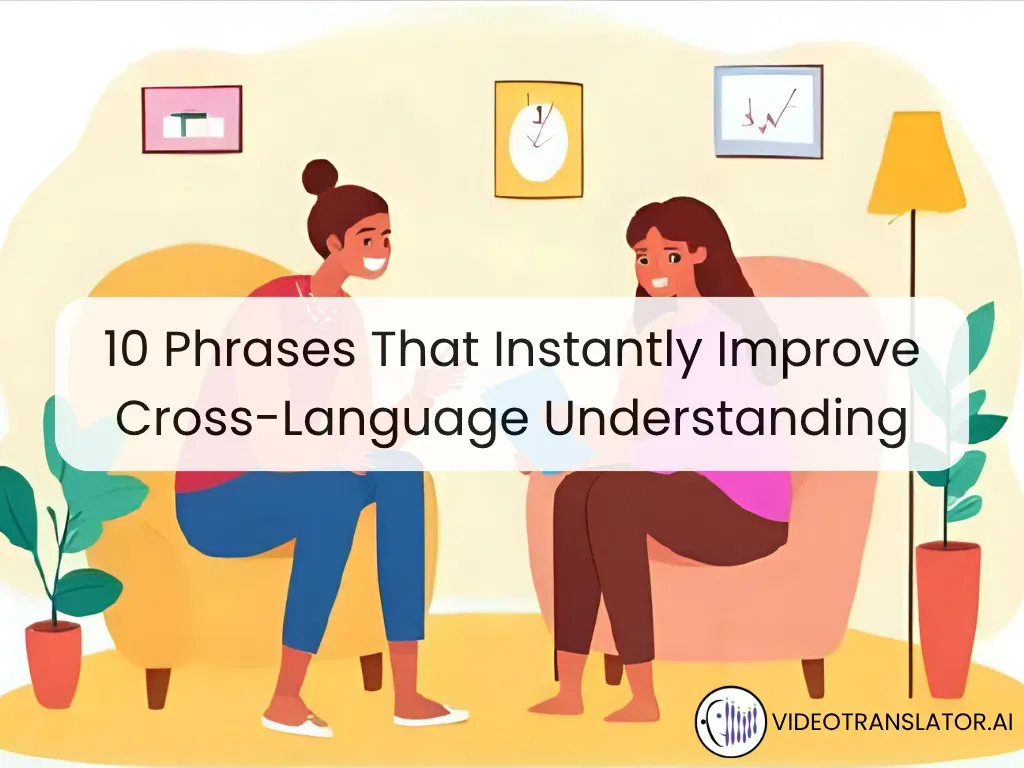In a world where every word matters, even the best AI translators can miss the mark.
A literal translation might be accurate, yet feel awkward, emotionless, or even confusing.
That’s where prompting makes all the difference. A well-crafted translation prompt can guide AI tools lto deliver context-aware, natural, and culturally fluent output.
Here are ten practical prompts that instantly improve your AI translations, and the thinking behind why they work.
1. Add Context Before You Translate
Prompt:
“Translate into [target language] as if the audience is reading this for the first time, ensuring clarity without assuming prior context.”
This prompt stops your translation from relying on unstated context. It ensures readers across regions understand every sentence, even without background knowledge.
Example:
Original (Japanese): 「これをやってください。」
Literal: “Do this.”
Refined (with context): “Please complete this step to finalise your registration.”
The prompt clarifies what “this” refers to, preventing confusion.
2. Adapt Metaphors, Don’t Translate Them
Prompt:
“Translate into [target language], keeping metaphors and cultural idioms but replacing ones that don’t make sense locally.”
Cultural idioms often don’t survive direct translation. This prompt helps AI detect and reframe phrases so your message feels natural — not mechanical — to local audiences.
Example:
Original (French): “Il pleut des cordes.”
Literal: “It’s raining ropes.”
Natural English: “It’s raining cats and dogs.”
The local idiom replaces the literal image, preserving expressiveness.
3. Disambiguate Before You Decide
Prompt:
“Translate into [target language], but first explain any ambiguous or polysemous words in the source before deciding how to translate them.”
Words like “charge”, “scale”, or “field” can mean many things. By prompting the AI to analyse ambiguity first, you get precise translations with zero guesswork.
Example:
Original (German): “Er arbeitet im Feld.”
Literal: “He works in the field.”
Refined: “He works in the research field.” (if the context is academic)
The AI clarifies meaning before translating.
4. Rewrite Awkward Syntax
Prompt:
“Translate into [target language], rewriting sentences that sound unnatural in the target language’s syntax.”
Languages follow different rhythms. Instead of rigid, word-for-word output, this prompt ensures your translation flows like it was written by a native speaker.
Example:
Original (Chinese): “我们昨天去了商店买了很多东西。”
Literal: “We yesterday went to the store bought many things.”
Natural English: “We went shopping yesterday and bought a lot.”
Smooth, natural phrasing replaces robotic word order.
5. Match the Professional’s Voice
Prompt:
“Translate into [target language], matching the communication style of a native [profession] (e.g., journalist, lawyer, teacher).”
Different fields have different tones. This approach adds professional nuance, making your translation sound informed, credible, and audience-appropriate.
Example:
Original (Spanish): “El acusado negó todas las acusaciones.”
Literal: “The accused denied all accusations.”
Refined (legal tone): “The defendant refuted all charges.”
The language fits professional legal communication.
6. Simplify Without Sacrificing Precision
Prompt:
“Translate into [target language], retaining technical precision but replacing jargon with plain equivalents when possible.”
Technical content shouldn’t sound complicated just for the sake of accuracy. This prompt keeps your message precise yet accessible for every reader.
Example:
Original (German): “Die Daten werden über ein verschlüsseltes Protokoll übertragen.”
Literal: “The data is transmitted via an encrypted protocol.”
Simplified English: “We send your data securely using encryption.”
Clarity improves without losing accuracy.
7. Align Emotional Tone Across Languages
Prompt:
“Translate into [target language], but recheck the emotional tone after translation — adjust phrasing to match the same sentiment intensity.”
Emotion gets lost easily in translation. This prompt helps preserve empathy, persuasion, or urgency — essential in storytelling or customer communication.
Example:
Original (Italian): “Siamo profondamente dispiaciuti per l’inconveniente.”
Literal: “We are deeply sorry for the inconvenience.”
Refined: “We sincerely apologise for the trouble this has caused.”
The tone feels equally sincere and empathetic.
8. Respect Politeness and Hierarchy Cues
Prompt:
“Translate into [target language], detecting and preserving any implied politeness or hierarchy cues present in the source.”
In languages like Japanese, Korean, or French, tone and hierarchy shape meaning. This prompt ensures the same respect or formality is carried across cultures.
Example:
Original (Japanese): 「田中部長にお伝えします。」
Literal: “I’ll tell Manager Tanaka.”
Polite English: “I’ll inform Mr Tanaka.”
The refined version preserves respect and workplace formality.
9. Prioritise Intent Over Literal Meaning
Prompt:
“Translate into [target language], but prioritise intent over literal meaning — rewrite parts that sound ‘too translated.’”
Sometimes, accuracy alone isn’t enough. This approach gives you humanlike flow while keeping your original intent crystal clear.
Example:
Original (French): “Nous mettons tout notre cœur dans ce projet.”
Literal: “We put all our heart into this project.”
Refined: “We’re fully committed to this project.”
The emotion stays intact. No awkward phrasing.
10. Compare Literal vs. Refined Translations
Prompt:
“Translate into [target language], showing both the literal and the refined version side by side for review.”
Perfect for training or editorial review, this prompt helps users learn how language nuance transforms the final message.
Example (English to Spanish)
Literal: “He has green fingers.”
Refined: “Es bueno con las plantas” (He’s good with plants).
Turning Translation Prompts into Everyday Practice
Prompting isn’t about overcomplicating your workflow. It’s about thinking before translating.
By using clear, intentional instructions, you help AI tools understand how to translate, not just *what* to translate.
Whether you’re localising an app or preparing a global report, these prompts make multilingual communication smoother, more precise, and more human.
Ready to make your next translation feel truly global?
Explore VideoTranslatorAI, a multilingual platform built for real-time understanding — across accents, languages, and contexts.




